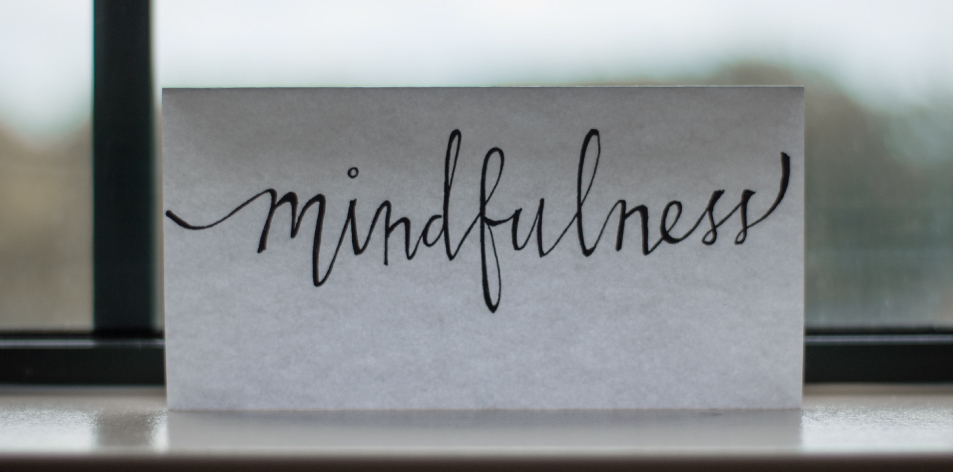
Family Mindfulness For Positivity – By Michelle Arscott
Importance Of Family Mindfulness – Written By Michelle Arscott
Mindfulness is one of the real buzz words of the moment, for good reason. It has so many wonderful benefits, including most relevantly during the pandemic, reducing stress (Rammers, Topolinsky & Koole, 2016) anxiety levels (Atkins, 2016) and enhancing the ability to deal with illness (Labelle, Campbell, Faris & Carlson, 2015). This article will explore mindfulness further and some simple techniques that you and your children can practice.
What Is Mindfulness?
Simply, to be in the present moment without judgement, a perfect antidote to stress and anxiety and the normally fast pace of life. When you are ‘in’ the moment, you cannot worry about the past or the potential future.
How Can Mindfulness Be Incorporated Into Family Life?
Breath is a core element of mindfulness. Just being in the moment with your breath takes you to the very present moment, conscious breathing has so much power. For children and even for adults, just focusing on their breath can be challenging, especially for an extended period of time. An easy way to start developing this practice is to simply start with 3 deep breaths in and out, being mindful to have a slightly longer exhalation or out-breath. To help children, you can describe the exhalation as dragon breath or a big sigh. When they are breathing properly, their tummy should be rising when they inhale, and on the exhalation, their tummy should be going in. Get your child to visualise a balloon inside themselves, when breathing in the balloon fills with air and when exhaling, the balloon deflates.
The following exercise is also a great way to foster correct breathing:
Cuddly Toy Breathing – Get your child to select a small cuddly toy, lie on the floor and place the toy on their tummy. As they breathe in, watch their toy rise and as they exhale air, watch their toy lower. Ask them to continue to make their toy rise and fall. A variation of this is to breathe in and on the exhale say the sound “Shhh” as they help their cuddly toy go to sleep.
Here are some more fun breathing activities for your child and you to do together:
Cotton Ball Breathing – Place several small cotton wool balls in cupped hands and practice gently blowing the balls around. Focusing upon breathing in and then on the exhale, moving the cotton balls around the palm of your hands. Experiment with making the cotton wool balls move in different directions and varying the speed.
Bunny Breathing – Imagine a bunny with his twitchy nose. Practice being a bunny. Sit in a comfortable seated position. Now take 3 quick short breaths in, twitching the nose and then a long exhalation out.
Repeat these individual breathing exercises at least 3 x, maybe incorporate these into your child’s night-time routine, these techniques can also be used when calm is required.
Focusing on the individual senses one at a time is also a great way to build up the concentration mindfulness muscle and get your child to be in the present moment.
Here are some mindfulness activities focusing on the senses:
Mindfulness Scavenger Hunt – Get a paper bag and write on the bag, ‘5 things I can see’, ‘4 things I can hear’, ‘3 things I can feel’, ‘2 things I can smell’, ‘1 thing I can taste’. For younger children you can have symbols to represent the different senses, for example, draw an eye for things you can see. Then get your child to go on a mindfulness scavenger hunt. They could put the actual items in the bag, being mindful not to pick actual flowers or cause any damage, or draw or write the names of the items, depending on the age of child and concentration levels.
Mindful Walk – Or simply go for a walk and verbally identify things that you can see, hear, touch, smell and finally, taste. The walk could also be turned into a gratitude walk, as practising gratitude also increases mental strength (Journal of personality and Social Psychology, 2003). When walking ask, ‘Look around you, what can you see that you feel grateful for, what can you hear?’
etc.
Mindfulness is not only about raising awareness of the outside world it is also about increasing awareness of the internal world too, being present internally and externally. On the walk, you can raise your child’s self-awareness of their emotions and at the same time build their emotional intelligence. Ask them, ‘What do you feel when you touch… the feather or …smell the lavender?’ Begin by modelling yourself and varying your own emotional language. so not just, ‘I feel happy,’ but other nuances of the word e.g. ‘I feel content or peaceful.’
Mindful Eating – Find small items of food like a raisin, a piece of chocolate, a grape or a lemon slice. Try and have a mix of bitter and sweet flavours. Blindfold your child and get them to eat an item of food, eat it slowly like it’s the last piece of food in the world. Get your child to describe how it tastes or how it makes them feel?
For older children, you could get them to first look at the item carefully, describe the shape of the piece of food is, the colour etc… Maybe draw the item. Extend to how does it feel to touch. And then taste it slowly, savour it. Is the taste sour or sharp or bitter…? A fun activity
for kids and all the family.
Mindfulness is fairly easy to integrate into family life, especially the simple breathing exercises. The added benefit is that you know you are also contributing to your family’s wellbeing.
What mindful activity are you going to do today with your children?
Michelle Arscott
What are your thoughts on family mindfulness? Let us know If you have any concerns or questions about parenting, leave your comments below & our expert will get back to you!


